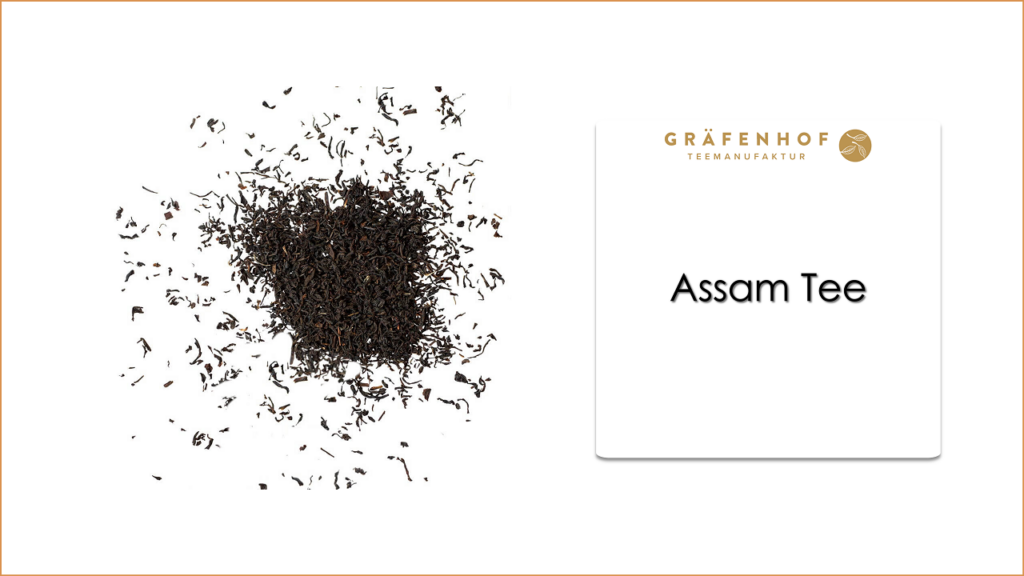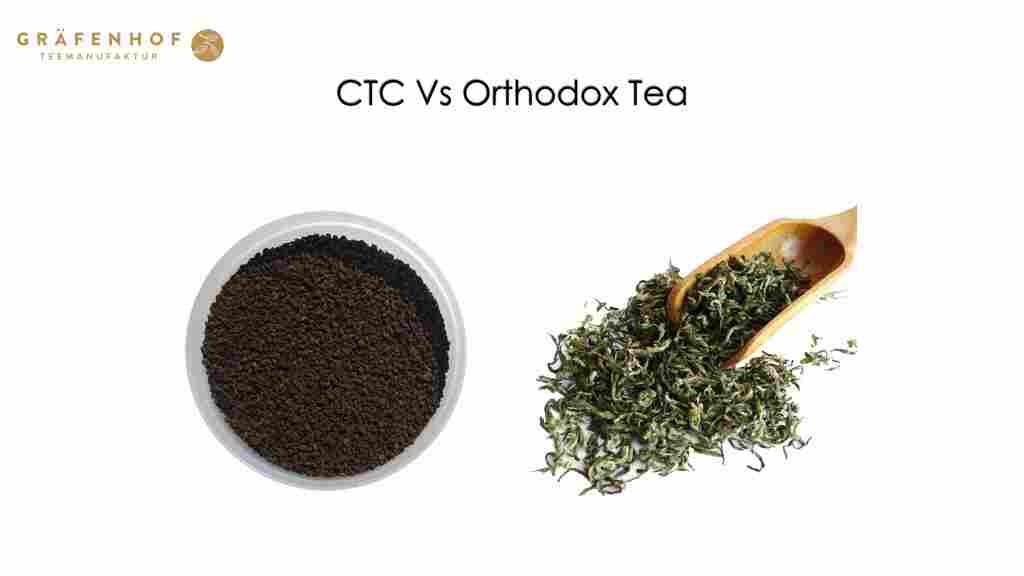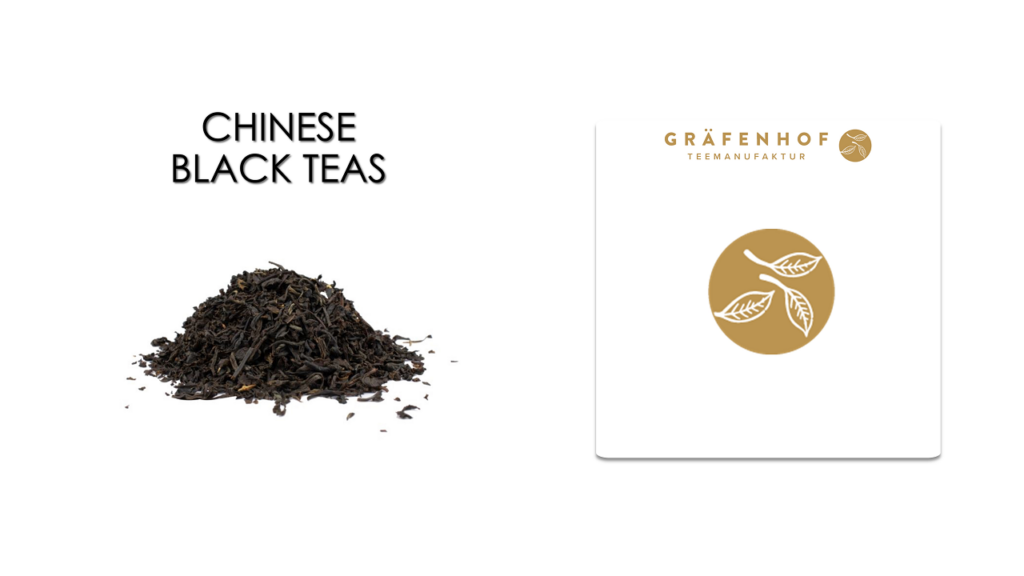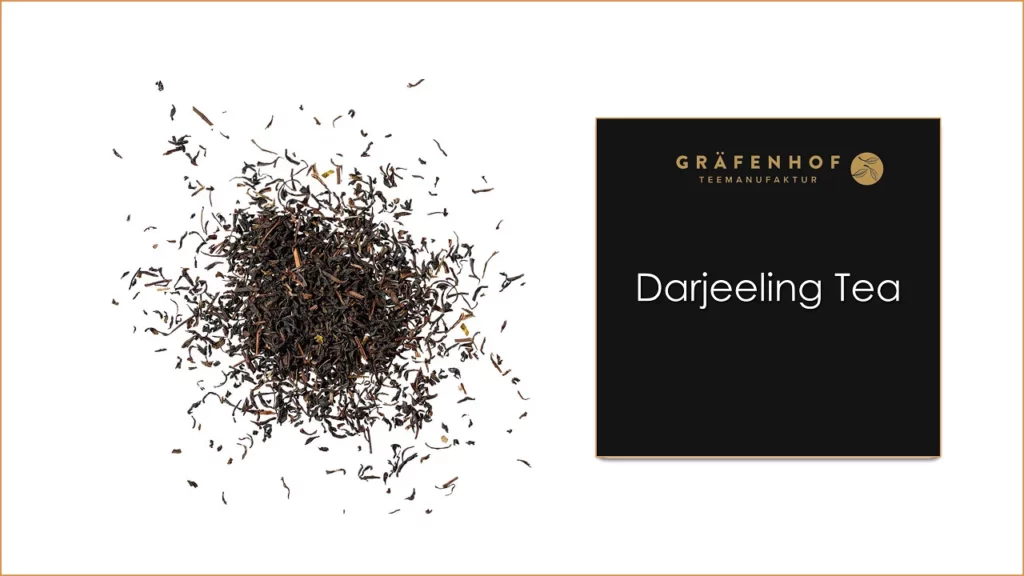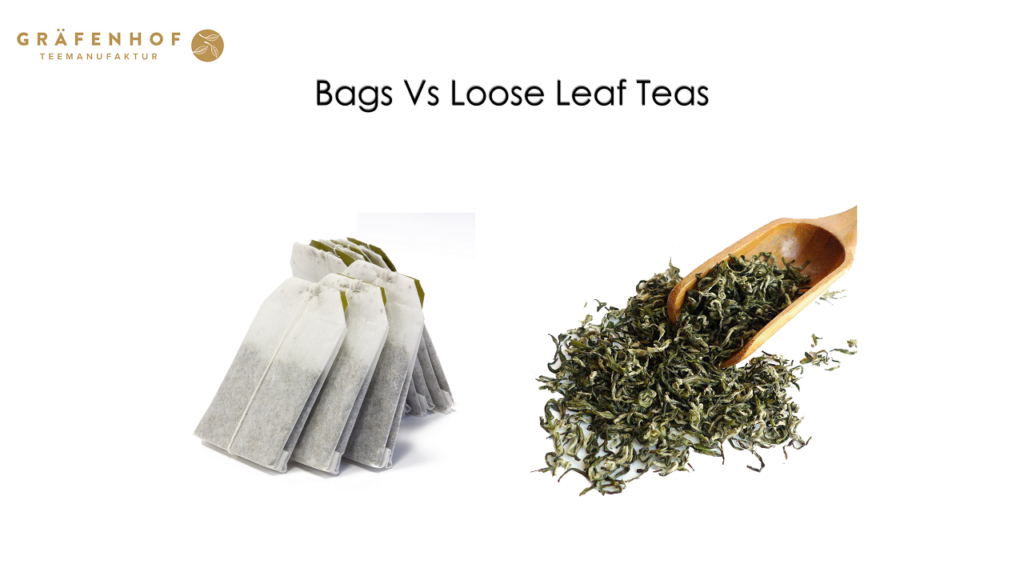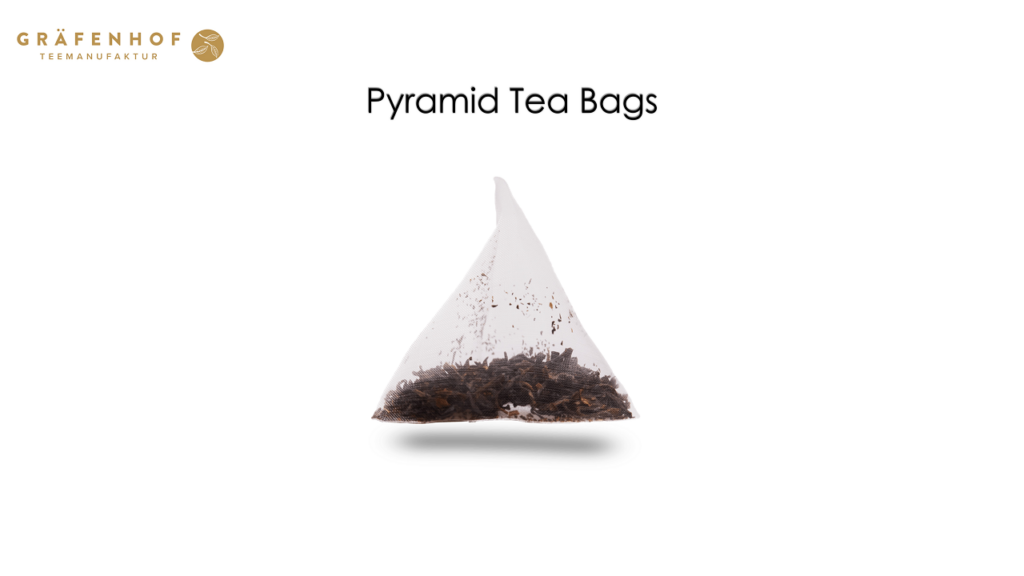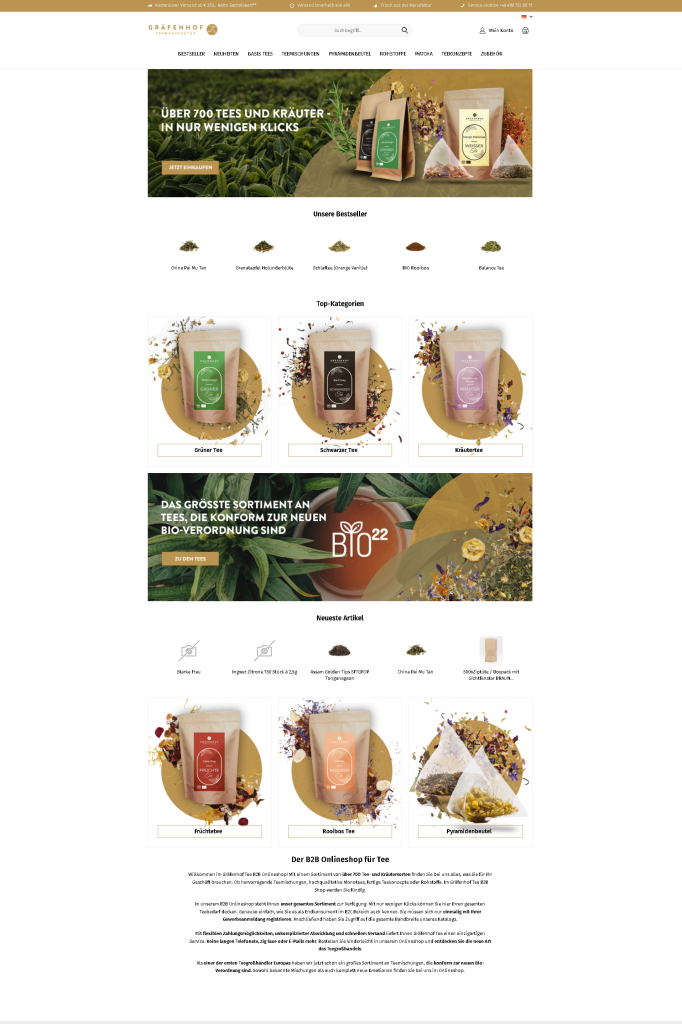Indian Teas
ASSAM
The Assam region of India was the first area of the country to be used by the British for tea cultivation.
The tea plants in this region are not Camellia Sinensis but Camellia Assamica. Any variety or cultivar from this area is called Assam tea.
Assam is grown at sea level (or very close by) and is known for its strong aroma, very dark color, and strong malt flavor. This unique flavor makes Assam a commonly used black tea variety in blends.
Assam TGFOP (a class of tea) is one of the best Assam teas because of its quality.
Discover here our black Assam teas from India.
Darjeeling
The second oldest British tea growing area in India after Assam is located in the Darjeeling district of West Bengal. Tea cultivation there began in 1841.
Situated between Nepal and Bhutan, Darjeeling black tea is grown at higher altitudes, unlike Assam. The different types of tea from Darjeeling are distinguished according to when they are harvested (up to 5 harvests per year), but also according to their quality.
These Darjeeling black teas, with the same production, have such different characteristics that probably in the end everyone must decide for himself which tea is the best Darjeeling tea in the world for him.
Discover here our Darjeeling black teas from India.
CEYLON
In the British colony of Ceylon (now Sri Lanka), coffee was the main crop until 1869, when a fungus destroyed most of the coffee plants. The coffee plantations were forced to replant and turned to tea production.
Ceylon tea is darker in color and flavor than Darjeeling, but lighter than Assam. It is therefore an excellent compromise (like the Oolong between green and black tea).
It is grown at 3 different altitudes, which makes it so diverse and varied. However, the Ceylon teas grown at high altitudes are considered the best.
In terms of taste, Ceylon tea has hints of citrus or spices.
Discover here our black teas from Ceylon.
Kenyan Teas
It may surprise you to know that Kenya is a producer of black tea.
In fact, Kenya is now the third largest exporter in the world, just behind India and China, the world’s largest producer. Tea, which was first introduced to Kenya in 1903, is now the country’s main export product.
The plants grown in Kenya belong to the Camellia Assamica variety. Far from the endless farms of Asia, tea in Kenya is grown on family farms.
Among the best known varieties are the Kericho, Milima, Marinyn and Kirinyaga.
Milima Kericho
This is a traditional black tea grown in the Kericho region of Kenya and is one of the tastiest black teas. It has a strong astringent flavor, and many people like to pair it with a cup of milk for balance.
Still, this tea has mild notes with a hint of sweetness.
Marinyn
Marinyn, a spicy and full-bodied black tea, is grown in the Kenyan highlands between Mount Kenya and Lake Victoria.
Some of the best growing areas are Kinoro, Kagwe, Rukuriri, Githambo, Imenti and Kiegoi.
Due to the Rift Valley, which runs north to south in Kenya, the eastern and western sides have different soil types. These in turn give the tea different characteristics.
As you can see, the number of existing black teas is impressive, and no one can say which one is the best of them all. This assessment is left to everyone, because tastes are known to be different.

